
Supply Chain Due Diligence: Navigating Ethical Manufacturing
Introduction: As globalisation increases, supply chain ethics are being examined. Companies seeking ethics and responsibility must do supply chain due...

Get 20€ off on your first order!
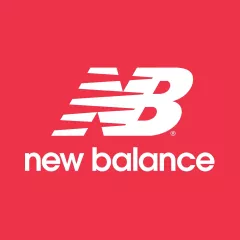
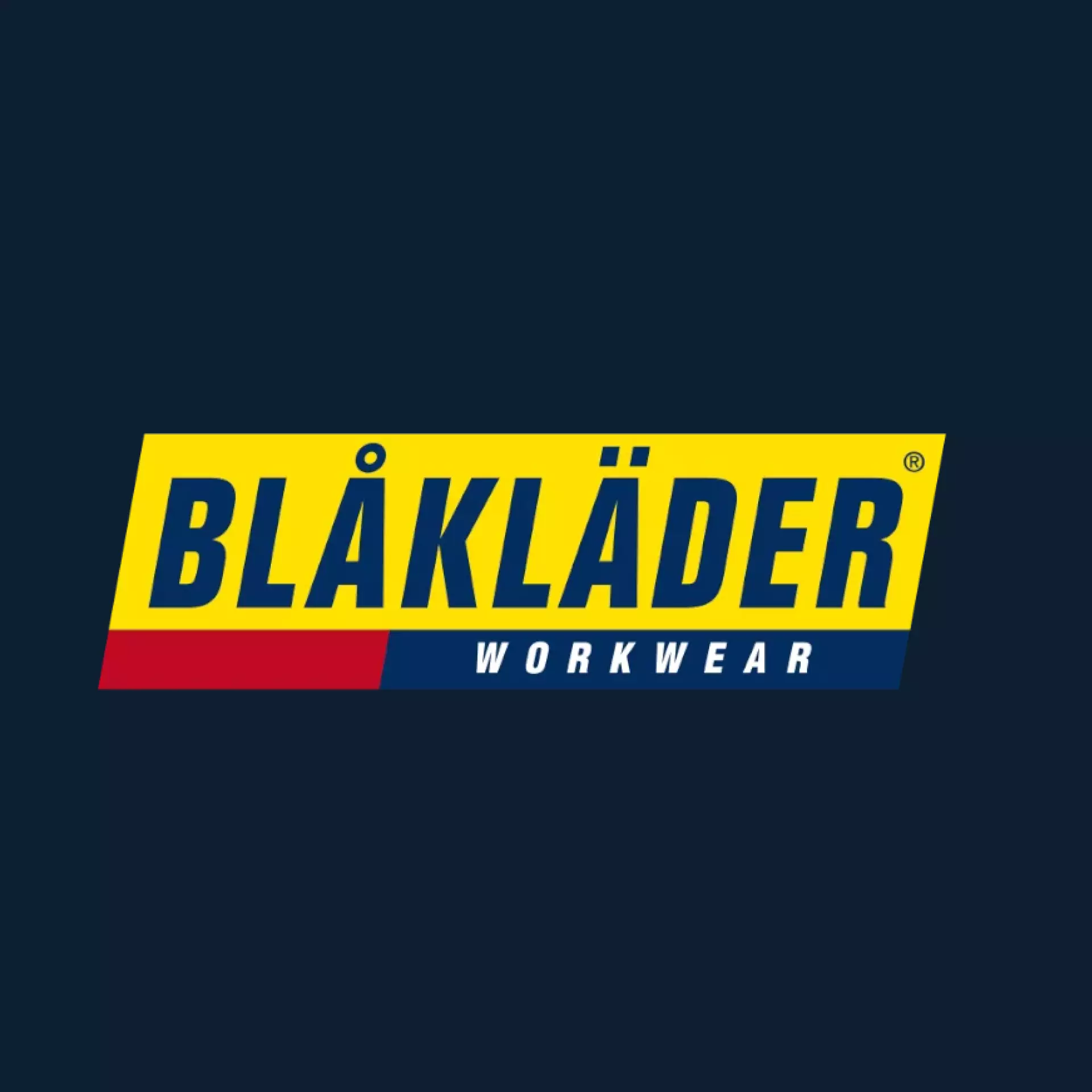
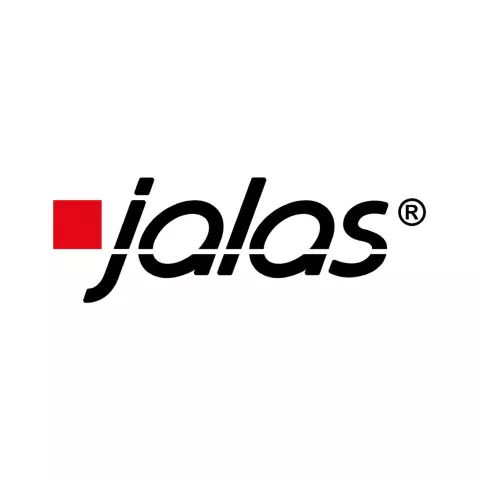
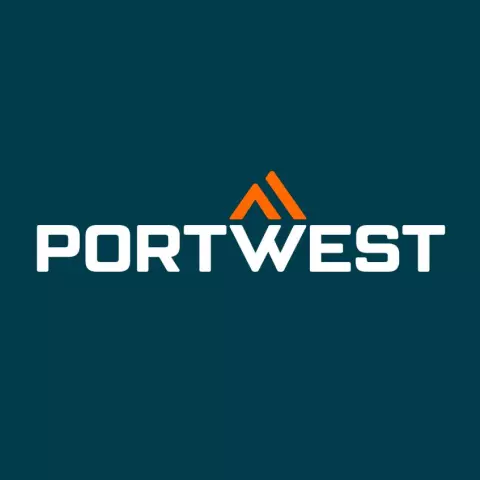

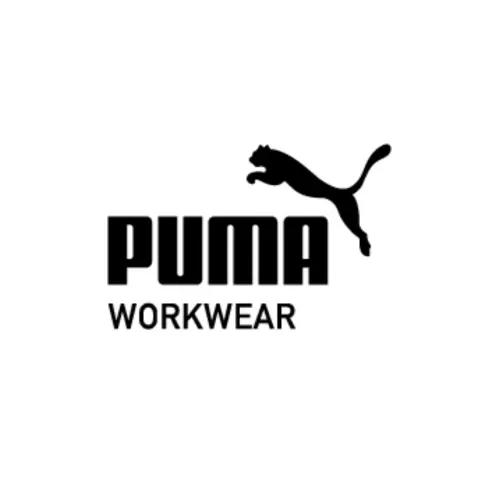

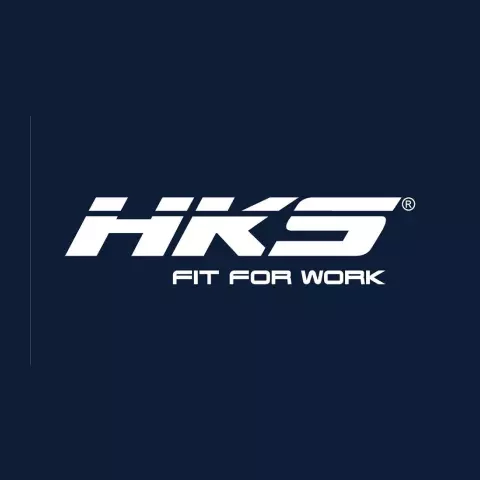


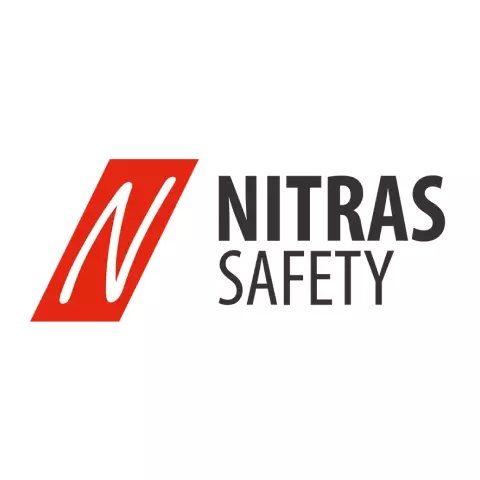

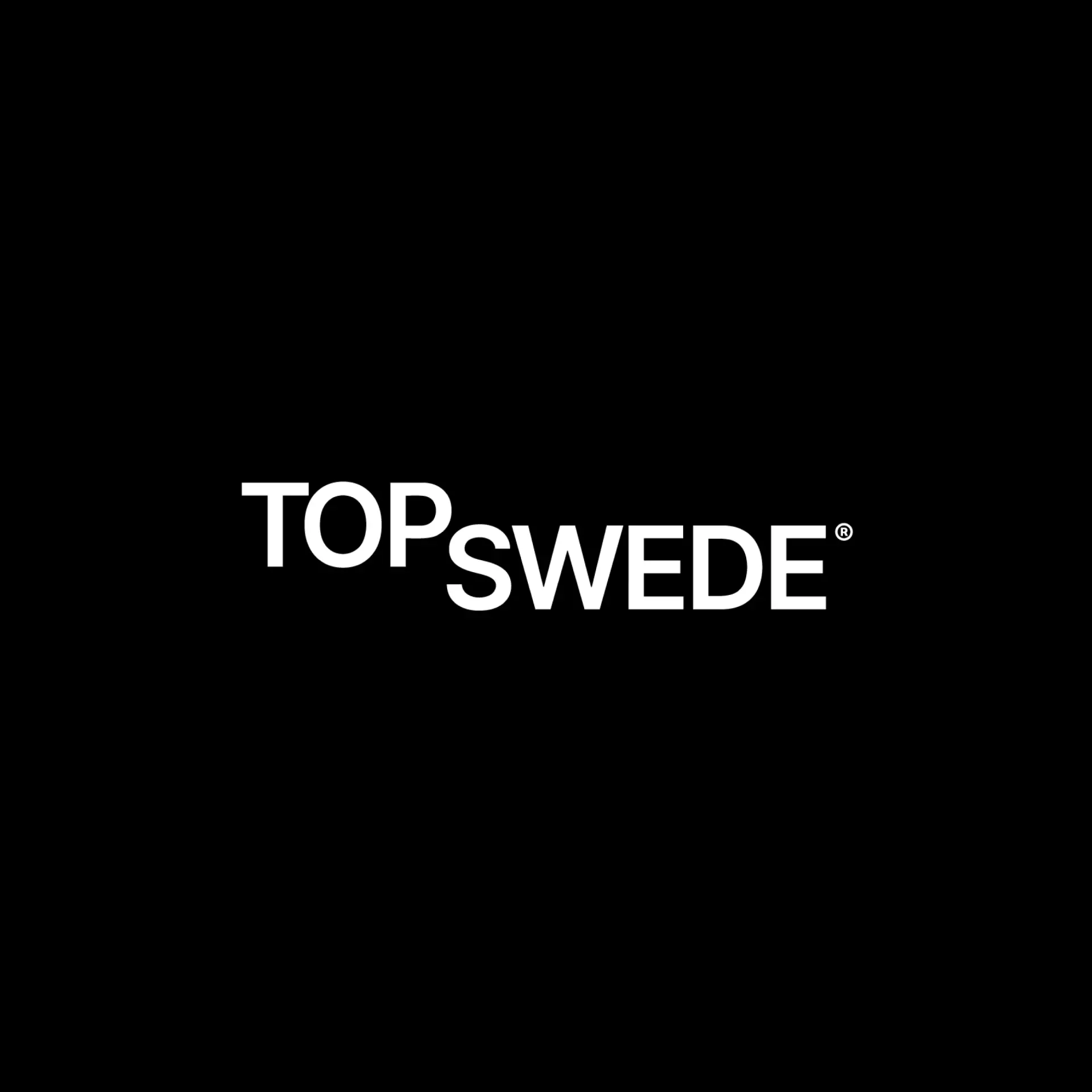


















Businesses pursue mutually beneficial supplier connections through supplier relationship management (SRM). All suppliers are important, but some are more strategic. SRM is used by top procurement firms.
We’ll discuss SRM sustainability and how to produce value for both sides in this essay.
Leading procurement organisations manage supplier base sustainability with processes and controls.
SRM is effective for conveying sustainability aims and boosting performance.
Successful SRM connections benefit both sides. This value may be sustainability, risk reduction, process efficiency, material efficiency, product or service quality, or insights and innovation.
SRM has data visibility, KPIs, reporting systems, measurement procedures, and communication channels issues. To tackle these issues, emphasis on segmentation, governance model, and relationship steering.
Supplier segmentation classifies suppliers by business effect, criticality, and expense.
Typical segmentations include important, volume, bottleneck, and regular vendors. Companies may better manage internal and external resources using segmentation.
Strategic partners and suppliers are often SRM priorities. Key suppliers have the most money to affect sustainability objectives.
Structured personnel, controls, and procedures make up an SRM governance paradigm. Governance models explain relationship-building and problem-solving procedures and escalations.
Top management, account management, and operations are accountable under governance frameworks. They clarify corporate connections and duties with numerous stakeholders and collaboration levels.
Top management would agree on sustainable development goals. Account managers turned objectives into roadmaps and performance indicators. Operations would guarantee daily company goals are met. Governance models define responsibilities and processes.
An SRM steering group coordinates relationship management, decision-making, and work steering.
Experts on certain issues assist steering committees make decisions that benefit companies and collective success.
A major supplier relationship steering group may include sustainability, human rights, or circular economy advisors.
Sustainability goals in SRM programmes operate best when working relationships are excellent. Starting a new business partnership is an excellent time to introduce sustainability.
Real-time information flow requires rapid and accurate communication and data.
SRM prioritises sustainable value generation. Organisations may improve resource and energy efficiency, process optimisation, waste reduction, and sustainable insights and innovations by working together.
Start measuring these sustainability indicators in SRM.
Choose KPIs for your supplier’s and your business. Joint goals drive effective KPIs.
The SLA provides KPI measurement methods and timing. Here are some trackable environmental measures:
Companies can evaluate their climate change impacts. Measurements of scopes 1, 2, and 3 emissions reveal firms’ environmental footprint.
Knowing how much energy activities use can help reduce costs and emissions from energy producing plants.
KPIs could contain statistics on programmes that actively improve residents’ quality of life, such as eliminating child labour and providing a livable wage, to track suppliers’ good contributions to their communities. Recommended KPIs:
In a vested agreement, governance and management are agreed upon upfront. This involves tracking relationship health, innovation, continual improvement, and operational efficiency. Recommended KPIs:
Business conditions and sustainable performance standards change. Market dynamics change daily, therefore providers modify their products and services.
Traditional contracts define two parties’ transaction and business obligations.
Traditional purchase and supply agreements seldom foster long-term partnerships. Professionals often use partnership loosely even when advantages are one-sided and contracts favour the buyer.
A relational contract that fosters long-term strategic partnership through flexibility.
Legal contracts set joint aims and governance systems to align parties’ expectations and interests.
Complex arrangements like outsourcing essential services and strategic partnerships or joint ventures require flexibility.
This matters more when supply agreements include sustainability goals.
Sustainability objectives need frequent validation and change. It’s challenging to set realistic spend objectives and track their success without timely and trustworthy data.
Sievo helps hundreds of customers target expenditure where it counts most. How can you increase supplier performance and meet supply chain sustainability goals? Let’s talk!
Thank you! You've signed up for our newsletter.









Introduction: As globalisation increases, supply chain ethics are being examined. Companies seeking ethics and responsibility must do supply chain due...

Introduction Technology is transforming supply chain management in 2023. To improve supply chain (SC) visibility and efficiency, companies are using...

Introduction: As procurement becomes data-driven, its role in growing firm profitability, market share, and competitive advantage becomes clearer. High-quality, relevant...

Introduction: As globalisation increases, supply chain ethics are being examined. Companies seeking ethics and responsibility must do supply chain due...

Introduction Technology is transforming supply chain management in 2023. To improve supply chain (SC) visibility and efficiency, companies are using...

Introduction: As procurement becomes data-driven, its role in growing firm profitability, market share, and competitive advantage becomes clearer. High-quality, relevant...
Get 20€ off on your first order!
Save 30% by buying directly from brands, and get an extra 10€ off orders over €100
Save 30% by buying directly form brands, and get an extra 10€ off orders over €100